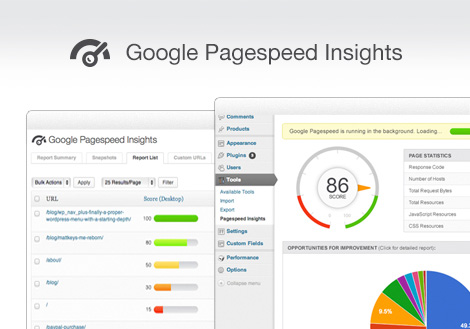Have you embarked on a new SEO strategy for your website?
Are you waiting with bated breath to see it deliver tangible results?
Well, how are you going to measure whether your new SEO strategy has borne any fruit or not?
At this point you must be thinking “number of visitors, duh!” You are right to some extent. After all, you are doing SEO to get more visitors to your website. But, is that all? Are your visitors converting into paying customers? Is your website even engaging them enough? Or, are your new visitors just bots and not human visitors at all?
All of these considerations are as important as the number of visitors. So, measuring and tracking your SEO strategy’s performance requires you to do a lot more than just look at the number of visitors. There are three main measures of SEO performance. Let’s discuss them in detail.
1. Website Performance
There are many ways of measuring website performance. One of them is the loading speed. It is the time taken by your website’s landing page to load when a visitor clicks on the respective page’s link. According to an estimate, more than 40% of the visitors abandon a page if it takes more than 3 seconds to load. That’s a permanently lost customer there. So, it’s important that your website is loading within that time. There are many tools in the market that help you analyze your webpages’ loading speed, and give you an exhaustive breakup of what is really slowing down your website. Google’s PageSpeed Insights and Pingdom’s Website Speed Test are just a few among the many available in the market.
Similarly, there are many other factors that affect your website’s performance, such as broken links, heavy plugins, flash, frames, massive images, JavaScript, CSS, and so on. The less they are on your website, the better will be its performance. Again, there are many tools available to track the effect of these elements on your website.
2. Brand Awareness and Online Presence
Thanks to social media, a seemingly innocuous comment or a rage rant has the potential to go viral on the internet and wreak unimaginable destruction on your business. Therefore, it is extremely important that you are constantly aware of when your brand is being mentioned and why on the internet. But, it’s humanly impossible to keep track of all the websites and social media. That’s why there are dedicated tools for this.
Tools like Google Alerts and Mention provide businesses new, cutting-edge weapons in the era of the internet. These tools immediately alert you if and when your brand is mentioned anywhere. This will help you understand whether your brand is being perceived positively or negatively by your audience. At the same time, you are in a position to take quick remedial actions if there is any negativity brewing up, so that it does not grow into a full blown disaster situation.
3. Audience and Engagement
Audience is what SEO is for. Tools like Google Analytics help you measure the number of visitors you get on a daily basis, and even in real time. But, these tools offer more than just a visitor count. They also provide a varying degree of in-depth analyses of these visitors. In effect, they can help you understand the level of engagement of your audience with your website content.
Click-through-rate, for instance, gives you an idea about how attractive your Meta Data is for your audience. Bounce rate tells you whether the visitors who land on your website are actually finding it relevant or not. Incoming Keywords provide you a list of search terms that the visitors are using to reach you. Similarly, there are numerous other factors that help you track the engagement levels of your audience. There is no dearth of tools on the internet to help you analyze your audience behavior and engagement with the help of a dizzying number of metrics. Some of them are Moz, Backlinko, Searchmetrics Website Analyzer, SEMrush, and plenty more.






